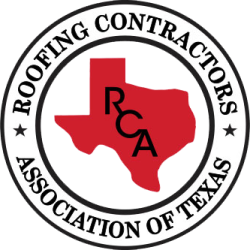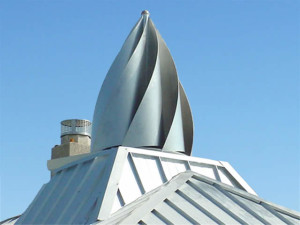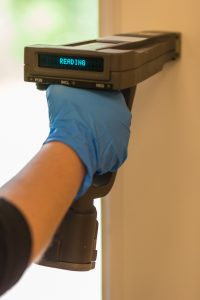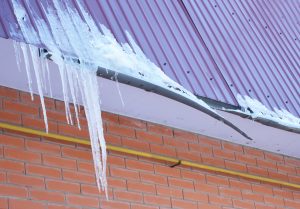 When people think of places dealing with winter weather, they generally don't include Texas in the conversation. And while we it's true that here in Central Texas we don't see the negative digits plaguing our Northern cousins, it has been dipping below the freezing mark pretty regularly this winter. Mix in some cold rain, and even a day or two with snow, and you have the recipe for roof damage. Especially at risk are new Texans, who may think they've left all winter roof concerns behind.
When people think of places dealing with winter weather, they generally don't include Texas in the conversation. And while we it's true that here in Central Texas we don't see the negative digits plaguing our Northern cousins, it has been dipping below the freezing mark pretty regularly this winter. Mix in some cold rain, and even a day or two with snow, and you have the recipe for roof damage. Especially at risk are new Texans, who may think they've left all winter roof concerns behind. Thankfully, preventing problems and dealing with them when they arise is a little easier here without a foot or two of snow blocking the way! So as we count those blessings, here are a few things you need to consider while winter weather is still with us.
Start with the guttersWhen did you last have your have your gutters cleaned out, and checked for break, blockages, or other damage? If it wasn't after the last leaf left the trees, there's a chance you could have some leaf debris or other issues getting in the way of proper drainage. All it takes is a gutter full of water or wet material and a couple of freezing days to create a host of problems, including ice dams, damage to the edges of your roof, facia and even windows and doors below.
If it's been awhile since your gutters were cleaned, or if you know of gutter damage that effects the flow of water, now is the time to deal with it. Even if you haven't seen any icicles on a cold morning, or haven't noticed any leaks, we still have a lot of cold nights ahead, so make that call and get a pro to take a look and make any needed repairs.
Look for leaksOur weather extremes here in Texas are hard on roofs, so keep an eye out for new or worsening leaks. As we head into spring, we can expect warmer temperatures and more rainfall, so now is the time to schedule an inspection and talk about roof repair or replacement. All of those changes in temperature can cause roofing materials to expand and contract, leading your roof to turn brittle, crack and allow water to seep in. Remember, any leak can be a sign of potentially major roof damage, so don't put off having a pro take a look at your roof from the outside, as well as inside of the attic.
Make sure they check for any soft spots, loose or missing shingles or cracked tiles. Dealing with these small things now could save you from a major project come summer.
Keep your roof clearEven if your gutters are clear, leaves, branches and other debris can collect on your roof. These seemingly harmless items can trap water against your roof, causing damage over time. If your property or nearby neighbors have tall trees, odds are at least some things are up there that need to come down, especially near chimneys or in areas where your roof changes pitch like gables.
Have your chimney checked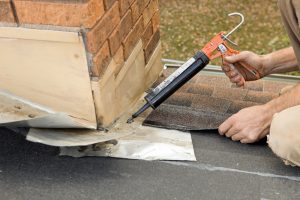 While it's technically not a part of your roof, it is up there...and a chimney can become a problem if not properly maintained. If you have a working fireplace in your home, you should have a chimney sweep take a look once a year to ensure that everything is in working order, and that there are no blockages.
While it's technically not a part of your roof, it is up there...and a chimney can become a problem if not properly maintained. If you have a working fireplace in your home, you should have a chimney sweep take a look once a year to ensure that everything is in working order, and that there are no blockages. And while you have someone checking your roof for damage or debris, have them take a look at the flashing around the chimney, too. Rusted or improperly sealed flashing can let water seep into your roof, causing damage that might not be visible from below until it's become a costly repair. Failing mortar joints can result in falling bricks or even chimney collapse-- a major safety hazard that appears more often in seasons of freezing and thawing.
Be safeWhile you may be tempted to take care of some of these maintenance tasks yourself, be aware that roofs can be dangerous without the proper safety equipment. And wet, loose or icy roofing material can make the risk even higher. We recommend hiring a pro for your inspections and repairs. That way, you'll keep yourself safe, along with your roof!
Subscribe to RoofCrafters Inc's Blog

